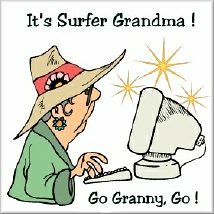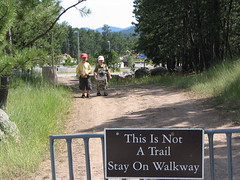A report just released by the children’s publisher Scholastic gives a picture of what influences kids to read. The Kids and Family Reading Report was produced by Scholastic and Yankelovich, a leader in consumer research trends based on a national survey of 1000 individuals – 500 children ages 5 to 17 years old and one parent or primary guardian per child. Interviews took place through mall-intercepts in 25 major cities across the country from January 16th through February 8th, 2006.
These are some of the findings of the report from a press release on the Scholastic website:
- Age 8 is the age when children’s reading drops off sharply. 40% of kids between the ages of 5-8 years old are high frequency readers (reading for fun every day), only 29% of kids ages 9-11 years old are high frequency readers and the percentage continues to decline through age 17.
- 74% of parents say they value reading as the most important skill for kids to develop.
- 21% of parents identify themselves as high frequency readers.
- 53% of children whose parents are high frequency readers are reading books for fun every day.
- 15% of children whose parents are low frequency readers (reading 2-3 times a month or less), read for fun daily.
- Kids who are high frequency readers are more than twice as likely as low frequency readers to cite their parents as a top source of ideas for good books to read (21% vs. 8%).
- Kids who are low frequency readers are more inclined to rely on their teachers, friends, librarians and television to help them find books to read than on their parents.
- Kids report that the number one reason they do not read more is that they cannot find books they like.
- Contrary to popular belief, kids who use technology platforms to read or listen to books, are more inclined to be high frequency readers (34%), than those that do not (25%).
So how can schools and libraries use these findings?
- Stock lots of current, attractive books, including those on technology media platforms.
- Arrange your high-quality collection attractively, front-facing to help kids find something that appeals to them.
- Sponsor childrens, teens, and parent and child reading groups or grandparent and child book clubs.
- Enable staff to be familiar with the collection and encourage them to proactively make recommendations to parents and kids.
- Have lots of reading promotions, year-round, not just in the summer.
- Offer family incentives for reading together. When I was in an Air Force Community Library, we sponsored a very popular family reading program that awarded a kite to every family that completed a group reading log.





